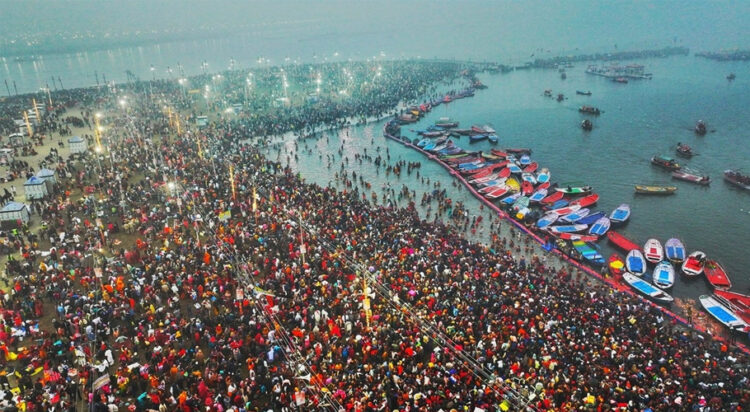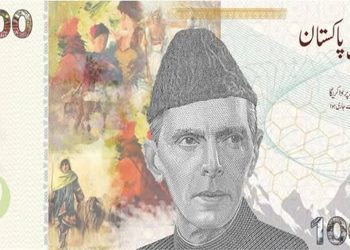The Maha Kumbh Mela is one of the largest and most spiritually significant religious gatherings in the world. Held once every 12 years, this grand event attracts millions of devotees, pilgrims, and tourists from all corners of the globe.
According to Indian media, rooted in Hindu traditions, the Maha Kumbh Mela is a celebration of faith, purification, and the eternal search for spiritual liberation. To fully understand its significance, it’s essential to delve into its history, rituals, locations, and cultural relevance.
View this post on Instagram
The origin of the Kumbh Mela can be traced back to ancient Hindu mythology, primarily in the tales of the Samudra Manthan (churning of the ocean). According to Hindu belief, gods and demons once churned the ocean to obtain the nectar of immortality, known as Amrit.
View this post on Instagram
During this cosmic event, a pot (Kumbh) containing the nectar emerged. However, as both the gods and demons fought over the pot, four drops of nectar fell at four distinct locations on Earth: Prayagraj (Allahabad), Haridwar, Ujjain, and Nashik.
View this post on Instagram
These locations are considered to be the four sacred places where the Kumbh Mela is held. The Maha Kumbh, a rare and highly auspicious gathering, occurs every 12 years at one of these locations, rotating through each site over time.
View this post on Instagram
The Maha Kumbh Mela, ongoing in Prayagraj since January 13, 2025, has already seen nearly 15 million devotees participating, significantly surpassing expectations. The event, which will last until February 26, is expected to attract around 450 million attendees, showcasing India’s rich cultural and spiritual heritage.




































